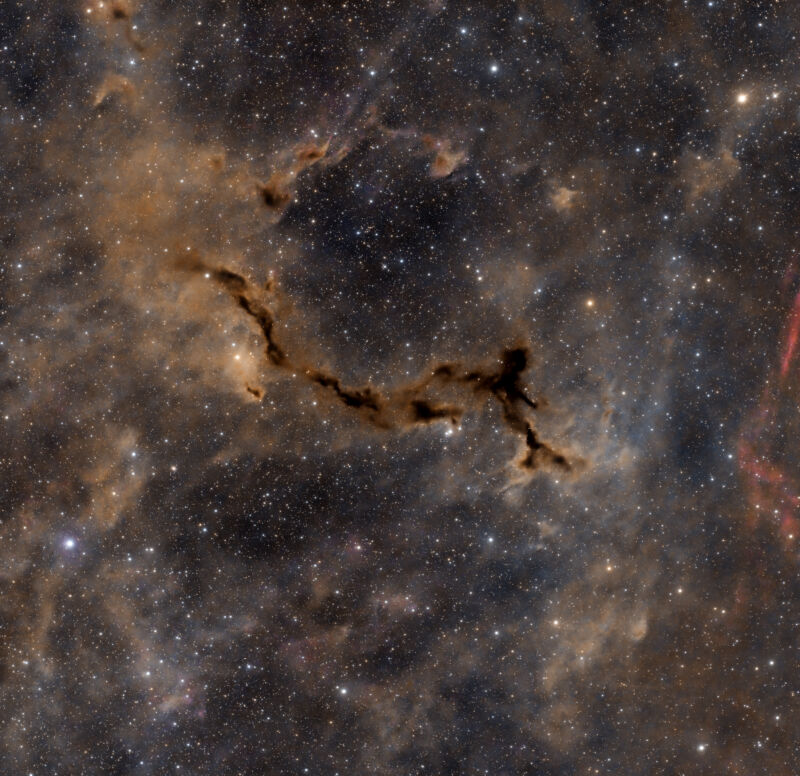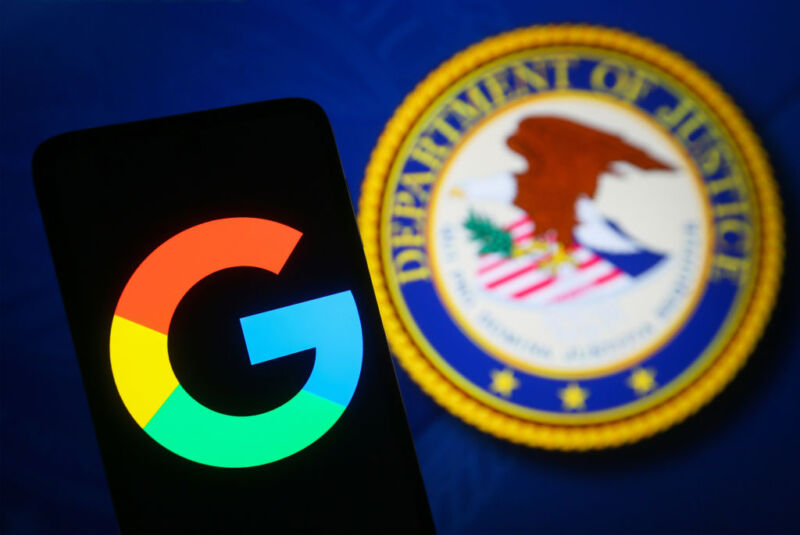
Enlarge (credit: Aurich Lawson | Getty Images)
David DePape—the man accused of violently attacking former House Speaker Nancy Pelosi’s husband in the couple’s California home last year—said at his trial this week that online searches for video game strategies ended up serving as his inadvertent introduction to a rabbit hole of far-right personalities and conspiratorial thought.
KQED reports that DePape said he’d look up strategies for defeating a video game boss, for instance, when he would stumble on a video that would “be a total different person, and these people would talk about how toxic Anita Sarkeesian is, over and over and over.” DePape said these videos inspired him to research more about Sarkeesian, the Feminist Frequency founder who was a long-time target for the amorphous, 4chan-inspired, anti-feminist online movement known as Gamergate. “I wanted to find out what was going on here. I wanted to get both sides of the story.”
This isn’t the first time DePape has been linked to Gamergate; The New York Times reported last December that DePape’s online writings explicitly referenced the group as inspiration for his politics. “How did I get into all this,” Mr. DePape wrote in a blog post. “Gamer Gate it was gamer gate.”
Read 4 remaining paragraphs | Comments
Source: Ars Technica – At trial, accused Pelosi attacker says Gamergate led him to far-right conspiracies

















